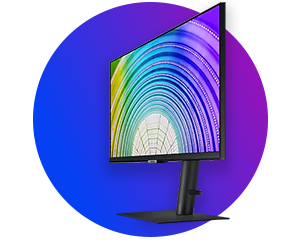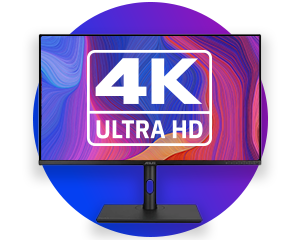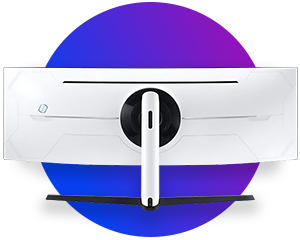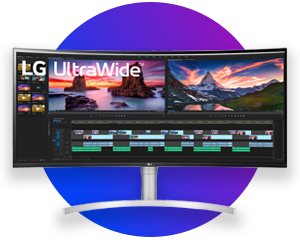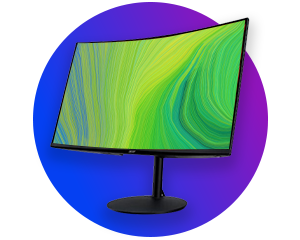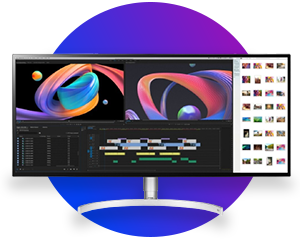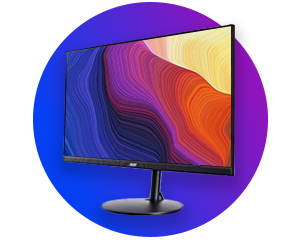Monitors by application
Here you will find our wide selection of monitors sorted by application area. Whether you're looking for a monitor for your office, a gaming monitor, a 4K monitor, or an Ultrawide monitor, you'll find it here.
536 Products
Sort by:
Page
Page


